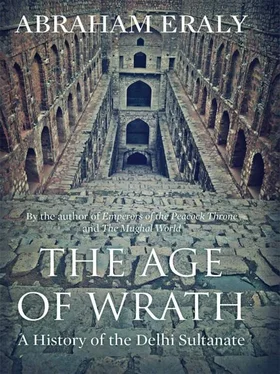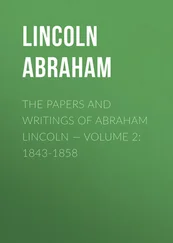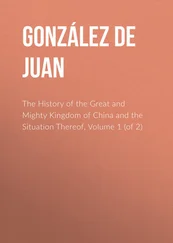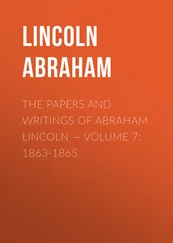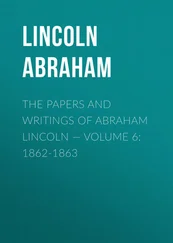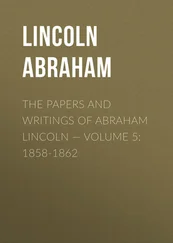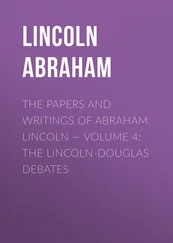A peculiarity of Indian history is that though India was repeatedly invaded by foreigners over the millennia, Indians themselves had never ventured out of the subcontinent for conquests, except for some transient, trade related naval campaigns into south-east Asia by Cholas during the classical age. Indians were always the conquered, never the conquerors. One reason for this could be that Indians had no compelling survival need to venture into other lands, as the subcontinent was mostly quite fertile, and it provided the people with all their basic requirements. Foreign conquest was therefore not a survival requirement for Indians.
Another reason why Indians never ventured out of the subcontinent was that geographically India is like a mammoth canyon, separated from the Eurasian landmass by the high mountains bordering it on the north, and from the rest of the world by the seas bordering its peninsula. This topography made it easy for invaders from the northern highlands to sweep down the mountains into India, but made it virtually impossible for Indians to clamber up the mountains and invade foreign lands. Nor could Indians in premodern times cross the seas to seek any major conquest, as the necessary seafaring facilities were not then available. An equally important reason — perhaps the most important reason — why Indians never ventured outside the subcontinent is that they were generally a rather torpid people, and did not have the energy or the spirit to go adventuring over the mountains or across the seas.
TURKS, ACCORDING TO medieval Muslim chroniclers, suffered no notable military reverses in India, except once, in the first battle of Tarain in 1191. But was the conquest of India really all that easy for Turks? Our only sources of information on it are Muslim chroniclers, several of whom were the courtiers of the sultans about whom they wrote. Do their accounts present the true picture of what happened? The career prospects and the personal fortunes of these chroniclers depended on the sultans about whom they wrote, whom they could offend only at great personal risk. Says Barani, courtier-chronicler of Muhammad Tughluq: ‘We were traitors who were prepared to call black white … Avarice and the desire for worldly wealth led us into hypocrisy, and as we stood before the king … fear of our fleeting lives and equally fleeting wealth deterred us from speaking the truth before him.’
Modern historians therefore have to approach the medieval chronicles with some scepticism, especially as the data in them are often confusing and sometimes contradictory. Besides, even where these reports seem absolutely factual, we have to note that their factuality is one-sided and partisan. From another perspective, the story they tell would probably have had a different nuance.
We have no Indian accounts at all about what happened during the Turkish invasion of India, or about the history of the Delhi Sultanate. For instance, incredible though it might seem, there is no reference at all in any medieval Indian text about Mahmud Ghazni’s many devastating raids deep into India. In fact, there is virtually no mention at all in medieval Indian texts about any of the momentous political and cultural developments then taking place in India. Apparently Indian chroniclers considered those events as not worth recording. Instead they went on writing their inane romances. And that in itself is significant, as a reflection of the general Indian disconnect with mundane reality. Indians were great mythmakers, but not good chroniclers of history. As Al-Biruni, an eleventh century Ghaznavid intellectual notes, ‘Indians attach little importance to the sequence of events.’
WITH THE ESTABLISHMENT of the Delhi Sultanate the political history of India once again acquired a dominant theme, seven centuries after the collapse of the Gupta Empire. Though there had been a few large and important kingdoms in India in the intervening period, none of them had the all-India prominence that the Gupta Empire had, or that the Delhi Sultanate came to have.
The establishment of the Muslim empire in India had three distinct phases, each widely separated in time. It began with the Arab conquest of Sind in the early eighth century, followed nearly three centuries later by Mahmud Ghazni’s pillaging raids deep into India, and finally, yet two centuries later, by the invasion of India by Muhammad Ghuri and the establishment of the Delhi Sultanate.
The first of these invasions, the Arab conquest of Sind, came, for some inexplicable reason, only at the very end of the Arab imperial expansion, even though Arabs, as seafaring traders, had been in close contact with India for many centuries even before the founding of Islam, and the prospect of pillaging India’s fabled riches, and of battling with India’s heathens, would have been irresistible lures for them. In fact, even when Arabs finally sent an army into India, it was not a wanton act by them, but was provoked by the collusion of the raja of Sind with the pirates who were harassing Arab ships in the Arabian Sea.
The Arab army invading Sind was commanded by Muhammad Qasim, who was only seventeen years old then, but proved to be an exceptionally able general and a most sagacious administrator. He won most of the battles he fought, and, what is more important, won the hearts of the conquered people by his fair and generous treatment of them — by his ‘honesty, prudence, justice, equity, and generosity’, as Chach-nama , a contemporary Arab chronicle, states. And it was Qasim who introduced in India the practice of Muslim rulers treating the local people as zimmis, and allowing them, on the payment of jizya, the poll tax, to lead their traditional way of life without any interference.
The Arab rule in Sind lasted three centuries, but all through its history it remained a minor, peripheral realm of little significance in the history of India or of Arabia. And the kingdom was finally wiped out, ironically, not by any Indian king, but by another Muslim invader, Mahmud Ghazni, a Turk.
AFTER THE ARAB conquest of Sind, India had a respite from foreign invasions for nearly three centuries, till Mahmud Ghazni’s raids into India in the early eleventh century. Mahmud had, during the solemn ceremony of receiving the Caliphate honours on his accession to the throne of Ghazni, taken a vow to wage jihad, holy war, every year against the idolaters of India. He could not keep that vow to the letter, but he did lead more than a dozen campaigns into India during his thirty-two-year reign. The sultan had two motives in his Indian raids: to slaughter heathens and to gather plunder. He fought for god and mammon, but quite probably more for mammon than for god. These were however interconnected motives, each reinforcing and energising action in the other.
Curiously, Mahmud, unlike most other invaders, had no hunger for land. Had he desired it, he could have easily annexed a good part of North India to his kingdom, but he did not have the patience for empire building. Except Punjab and Sind — the gateways to India, which he needed to keep open for his raids — Mahmud did not annex any territory in India.
The final and decisive phase of the Muslim invasion of India was launched by Muhammad Ghuri, a late twelfth and early thirteenth century sultan of Ghazni, who was presumably inspired by what he had heard about the legendary exploits of Mahmud Ghazni in India. Muhammad’s raids into India were nowhere near as spectacular as those of Mahmud, but they had a far greater transformative effect on Indian history, as they led to the founding of the Delhi Sultanate, with which began an entirely new epoch in Indian history.
The Delhi Sultanate was established in 1206, nearly six centuries after the founding of Islam, and it endured for 320 years, till 1526, when Babur invaded India and established the Mughal Empire. The history of the Sultanate is divided into five dynastic periods, and within each of these dynasties too there were several internal upheavals, assassinations of kings, and violent usurpations. It is on the whole quite a sordid story. Though there were a few kings of exceptional ability and achievements in the Sultanate, many of the sultans were worthless scamps. Some were barely sane. And some were blatant sexual perverts. The worst of these abhorrent sultans was Mubarak, Ala-ud-din Khalji’s successor, who, according to Barani, ‘cast aside all regard for decency, and presented himself [at the durbar] decked out in female trinkets and apparel,’ and he made his cronies scamper stark naked in the durbar hall, insult the assembled great nobles in foul language, and ‘defile and befoul their garments.’
Читать дальше
